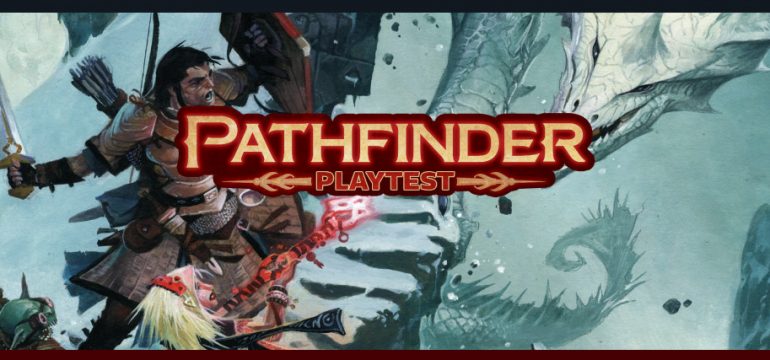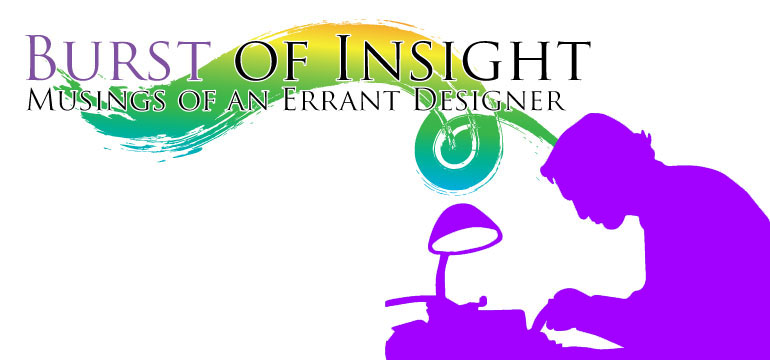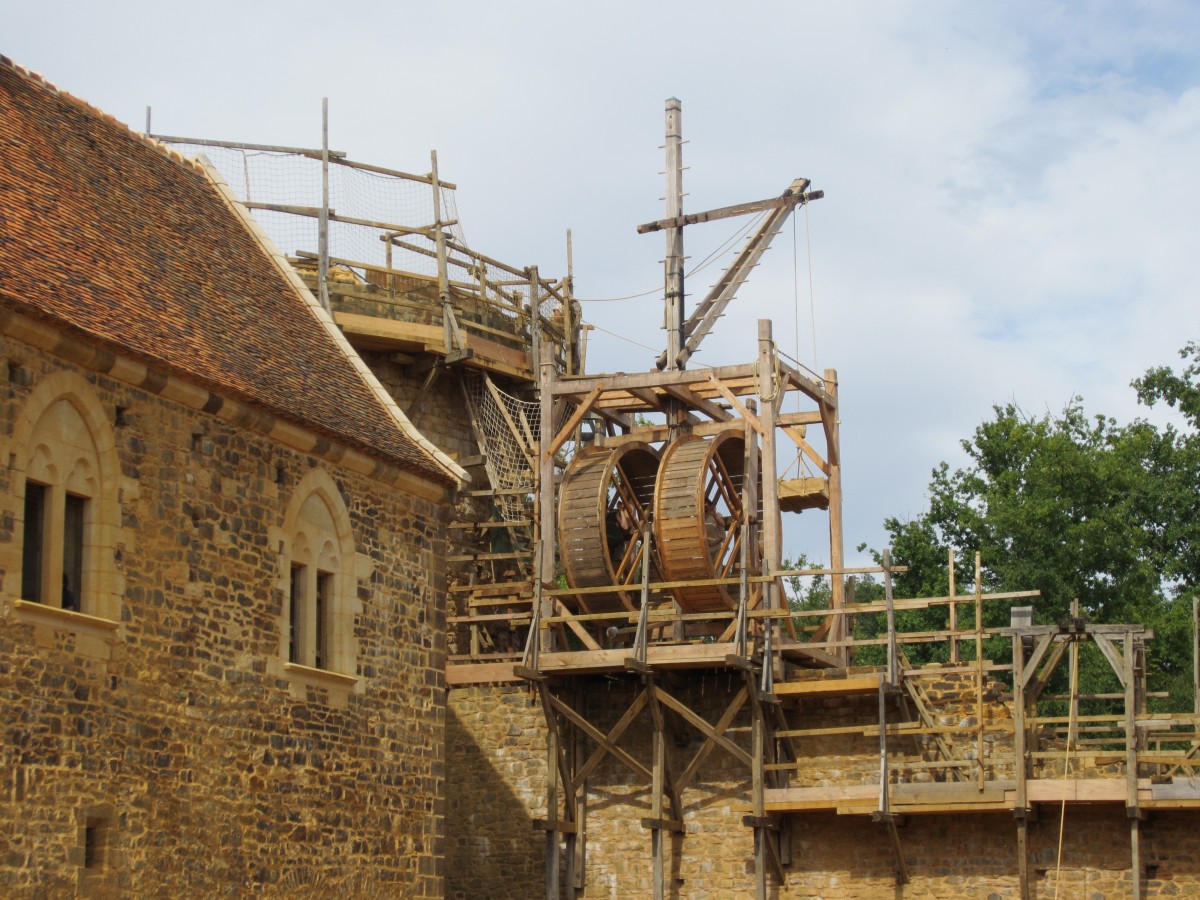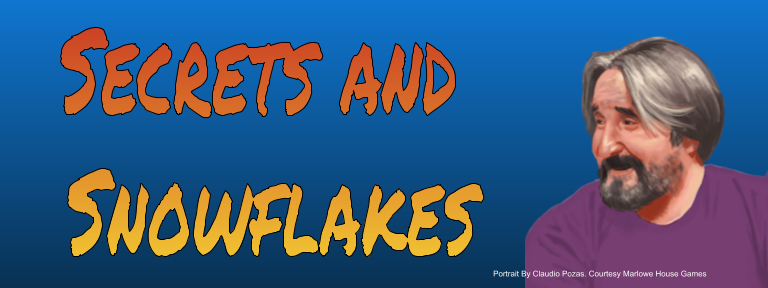So recently Ryan and Perram asked the staff to share our thoughts on the playtest, which you can read here. Tonight I thought I’d revisit my original thoughts having explored the new rules a little deeper including a bit of actual gameplay.
Characters
First of all, I am impressed with how smoothly character creation works. Admittedly, we don’t have the breadth of options we have now in first edition Pathfinder but I will say from Core Rulebook to Playtest Rulebook it feels like I have more control over the kind of character I’m playing. So it feels like over the life of the line PF2 will have easily as many character options if not more than PF1. If you watched (or listened) you know I played Braydon Forgebone, a dwarven cleric of Torag. Braydon came together quickly somewhat faster I think than if I were making a similar character in core first edition.
I did lose some capabilities because I didn’t take ancestry feats like Ancestral Hatred or Stonecunning which grant abilities similar to things Dwarves just get in PF1. But it never felt like I lost anything when it actually came time to roll dice.
My next character will likely be a ranger. Now, the ranger is the first time I’ve felt like we’re missing something because in the playtest they no longer get spells. Now I’m sure once we have all of the core classes available as archetypes this will be fixed simply by tacking on the Druid Dedication feat and a feat to get access to a broader range of Primal spells. Since we don’t get the druid archetype in the playtest I looked at both the wizard and rogue archetypes. I barely even considered playing a straight-up ranger because even before I settled on my class I knew I wanted to play around with the new multi-class rules.
Now, I have a confession. It seems my opinions on how I like to play have shifted since the release of 4th Edition D&D. I was not a fan of how Wizards of the coast handled multi-classing and here Paizo is offering a very similar system where you swap class options from your base class for options from the added class and I’m loving it. I don’t know if this change happened when I started looking at the variant multi-classing options in Unchained (and later expanded in Jenny Jarzabki’s excellent Genius Guide to Variant Multiclassing Rules from Rogue Genius Games), if it’s just part of my evolving view of what works for me, or I just didn’t give 4E a fair shake on this point. But I digress.
Anyway, provided I don’t change my mind and roll up a new character before our next Doomsplay broadcast my ABCs will look like this: Elf-Criminal-Ranger. With a bit of multiclassing into rogue and my PC strongly resembles a PF1 slayer. The depth of options in the single book is impressive.
At the Table
The three action economy is fast and exciting. Not having to worry about what constitutes a standard action, a move action, or a full-round action speeds things up even for veteran players. The action economy (in conjunction a few other rules) also opened up movement options. Giving every one essentially Spring Attack helps the action to shift all over the battlefield. I liked the system on paper but I really enjoyed it in practice. Enough that I may incorporate it into some of my 1st edition games.
While I did have a few issues they were mostly confirmations of my earlier misgivings regarding the degree system mastery the new edition expects. There are a lot of tiny rules elements in the new edition. Some of these we’ve had before, some are new. The big two categories for these elements are Weapon traits and conditions. I’m not saying these elements aren’t valuable. They carry a lot of rules weight they’ll just require players to learn and remember the rules pertaining to their characters.
For all the things that make the game more accessible and easy to teach to new players some of these particular rules elements may become a barrier to new and casual players. I look forward to seeing what my regular group thinks of the new rules.
Weirdest Observation so Far
Not really a complaint but…What in the name of Abadar happened to Golarion’s economy?
All in All
Despite all the changes to the system playing the new edition still feels like Pathfinder and I’m still really liking what I see. I probably won’t give up 1e anytime soon (I have way too many adventures I want to run but have zero interest in converting) but I’m excited to play and run more of the new rules.







$th edition is oddly perfect, and I can’t believe I’ve never seen it before.
Thank you for catching that. “$th” was a typo not a jab at 4th Edition. Given some peoples opinion of 4th ed, I’ll even admit it’s kinda funny but not my intent. There are some solid ideas in 4E and while I think the transition was handled poorly I do believe the design team tried to deliver the best game experience they could. There are still a number of players who enjoyed 4th edition and some who joined the hobby thanks to 4th and for all of those reasons I try very hard to not to engage in edition warfare.